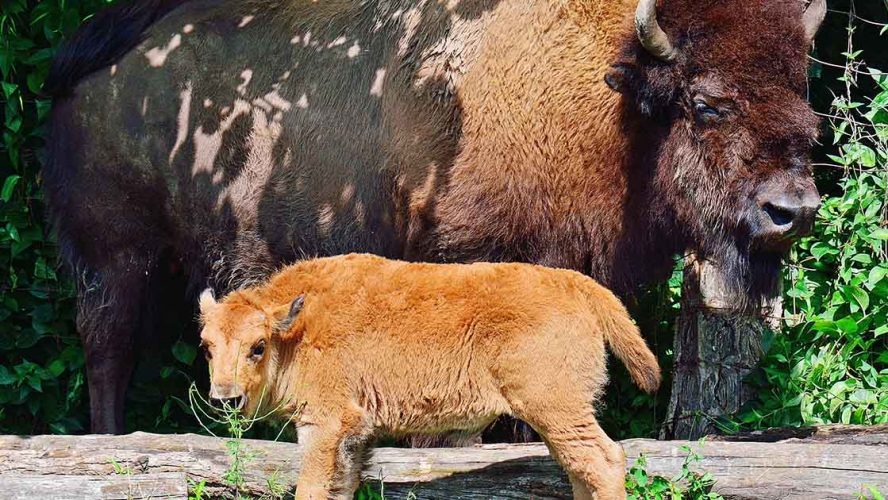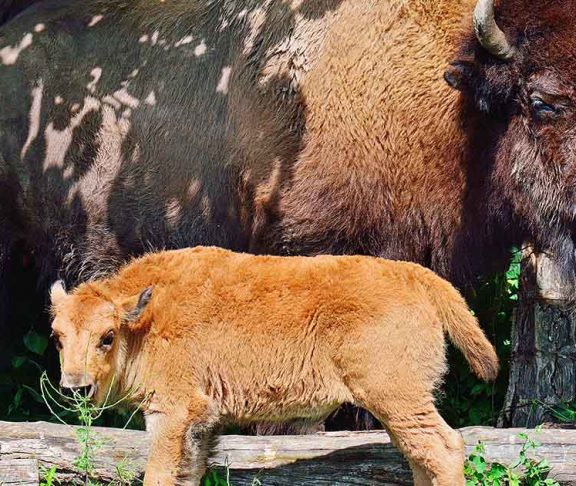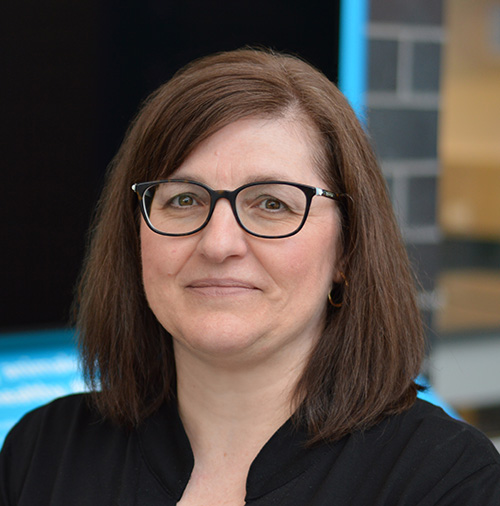
Next year marks the 30th anniversary of the Rio Earth Summit, the birthplace of the Convention on Biological Diversity and a critical first step toward global change. At that same time in June 1992, I was staring at my freshly-printed Bachelor of Science degree from the University of Toronto, a little fearful of the great unknown that lay ahead but excited for the possibilities hiding around the next corner. I felt hope for the planet and hope for me, but little did I know where my willingness to take the less-beaten path would lead me. I have never undervalued the contribution of women scientists in forming the person I am today, especially those who saw enough potential to get me started on an incredible science journey. After more than 20 years in the trenches honing my skills as a reproductive biologist, I turned yet another corner and took on a new challenge as Director of Conservation Science at the Toronto Zoo. I’m as excited about science today as I was on that fateful day in 1992.
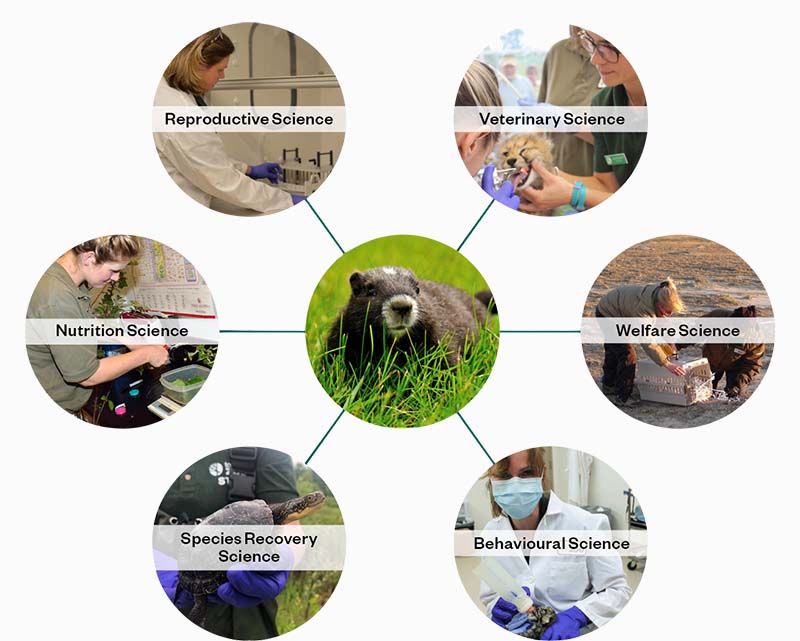
More than 30 years ago, the Toronto Zoo made a commitment to science. It was the only zoo in Canada, and one of only a handful of zoos in North America, to lead the way in establishing a multidisciplinary approach to understanding and resolving complex issues impacting the health and survival of animals in managed care and in the wild. Today, the Toronto Zoo continues to push the boundaries of conservation science with local and national partnerships for research and education. Along with the impressive team of scientists who bring together over 150 years of experience, the zoo’s diverse animal community is an invaluable resource that allows scientists to dig deeply into questions that cannot be easily addressed in free-ranging animals. In the next stage of the zoo’s science journey, building and strengthening connections between knowledge holders and conservation practitioners from all communities will be the cornerstone of a conservation science strategy that ensures meaningful and significant conservation impact. Let’s dare to dream what the next 30 years of science at the zoo will bring.
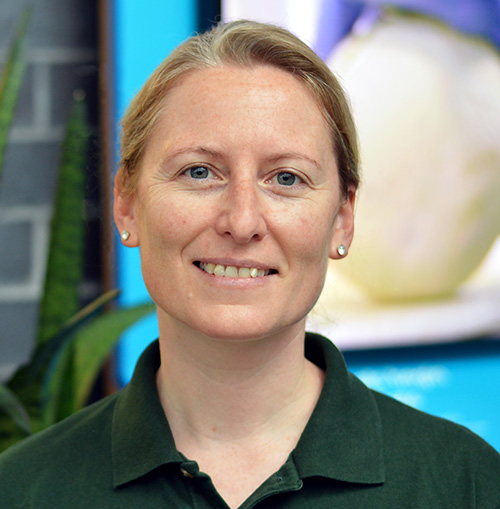
I will never forget the first embryo I created in the lab. We had rescued sperm and eggs from recently-deceased animals and introduced them together in a petri dish. We waited and watched until they started to divide — one single-cell egg split into two cells, which went on to become four cells. Within seven days, that single egg turned into a microscopic ball of about 200 cells that could, if transferred into a surrogate female, develop into a living, breathing animal. Until that point in my career, I had waffled between several scientific disciplines, but that embryo sealed my fate within reproductive physiology. She may not realize, but the few hours my manager spent with me at the microscope laid the foundation for my career. Since then, I’ve witnessed the potential for assisted reproductive technologies to support rare and threatened animal populations by protecting genetic diversity and slowing the rate of extinction. For some populations, like the northern white rhinoceros, these technologies are the only resource that remains. That’s so powerful and enticing, how could I not be enthralled with that tiny embryo?
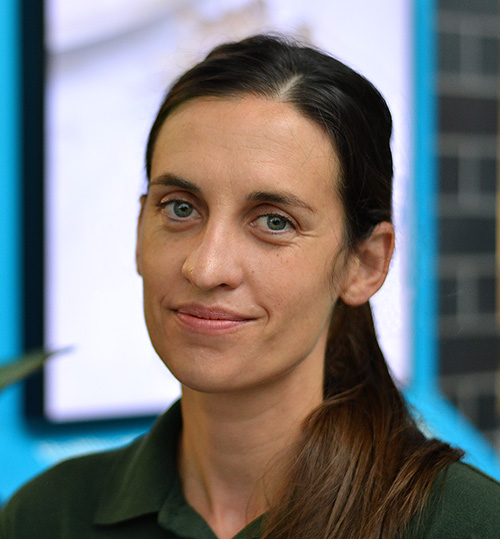
I was a late joiner to both the veterinary and zoo worlds. I was more than halfway through a marine biology degree before realizing that there was really only one Jacques Cousteau. It took another few years and career ideas to finally end up in vet school. My first job after veterinary college took me to a mixed-animal practice in northern Alberta where I managed to get kicked a hundred times, but one eventually learns where not to stand! Working in a remote area serviced by a few veterinarians was a great opportunity to develop skills, confidence, and independence. While women veterinarians in large-animal practice still face barriers to acceptance, the field is robust with female trailblazers, mentors, and supporters. A few years later, I’m thrilled to be the Conservation Research Veterinarian at the Toronto Zoo. I couldn’t have dreamt up a better job surrounded by highly competent and driven women in positions of leadership. I’m fortunate to spend my days in a mix of research and medicine with amazing animals, all in the service of conservation!
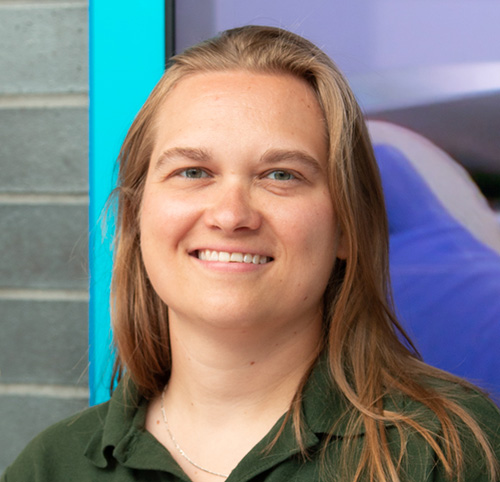
There is rarely a straightforward career path in conservation science, and exotic animal nutrition is no exception. With strong women inspiring me to follow my own unique path, I stumbled upon the wonderful world of zoo nutrition during an internship at the Fort Worth Zoo in Texas, when I was 20 years old. It was exciting, inspiring, and aligned with my passion for advocating for animals. From that moment, I knew that I would become a conservationist dedicated to nutrition. I focused my graduate studies on horse nutrition to build a solid science-based foundation for exotic species. Without a formal training path for zoo nutritionists, after graduate school, I sought out zoo nutrition internships and residencies. My path led me to the Toronto Zoo as the recipient of the Zoo and Wildlife Nutrition Foundation’s Sue Crissey Animal Nutrition Residency Fund. My role is to actively learn how to improve nutrition welfare via the foods we offer — in the nutrients they provide and the animals’ interactions with them. How fortunate to be in a career where your contributions lead to improving the lives of animals!
